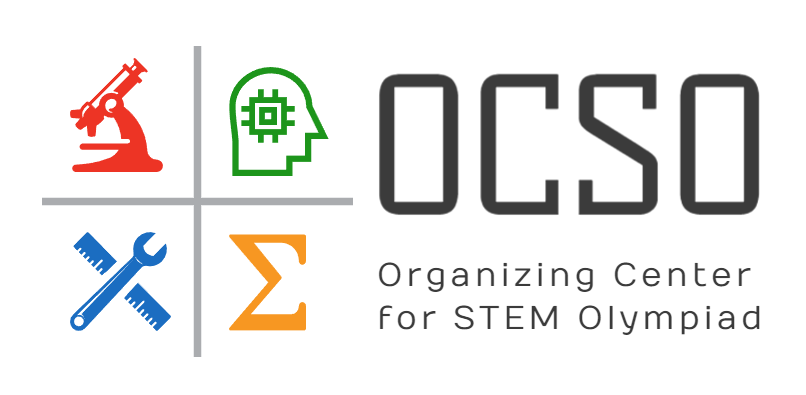What separates STEM from the traditional science and math education is the blended learning environment and showing students how the scientific method can be applied to everyday life.
It teaches students computational thinking and focuses on the real world applications of problem solving. As mentioned before, STEM education begins while students are very young:
Elementary school — STEM education focuses on the introductory level STEM courses, as well as awareness of the STEM fields and occupations. This initial step provides standards-based structured inquiry-based and real world problem-based learning, connecting all four of the STEM subjects. The goal is to pique students' interest into them wanting to pursue the courses, not because they have to. There is also an emphasis placed on bridging in-school and out-of-school STEM learning opportunities.
Middle school — At this stage, the courses become more rigorous and challenging. Student awareness of STEM fields and occupations is still pursued, as well as the academic requirements of such fields. Student exploration of STEM related careers begins at this level, particularly for underrepresented populations.
High school — The program of study focuses on the application of the subjects in a challenging and rigorous manner. Courses and pathways are now available in STEM fields and occupations, as well as preparation for post-secondary education and employment. More emphasis is placed on bridging in-school and out-of-school STEM opportunities.
Much of the STEM curriculum is aimed toward attracting underrepresented populations. Female students, for example, are significantly less likely to pursue a college major or career. Though this is nothing new, the gap is increasing at a significant rate. Male students are also more likely to pursue engineering and technology fields, while female students prefer science fields, like biology, chemistry, and marine biology. Overall, male students are three times more likely to be interested in pursuing a STEM career, the STEMconnect report said.
Ethnically, Asian students have historically displayed the highest level of interest in the STEM fields. Prior to 2001, students of an African-American background also showed high levels of interest in STEM fields, second only to the Asian demographic. However, since then, African-American interest in STEM has dropped dramatically to lower than any other ethnicity. Other ethnicities with high STEM interest include American Indian students.
Source : livescience.com



.png)




0 Komentar